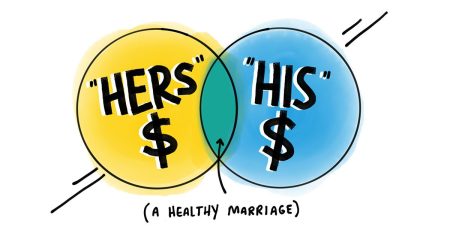Credit Sesame’s quick ABC of credit to get you started on your credit journey.
Understanding credit can feel overwhelming, but breaking it down into its fundamental components can make it more manageable. This article will explore the ABCs of credit, including key concepts, types of credit, and essential tips for managing your credit effectively.
A – Assess your credit
Credit score
Your credit score is a three-digit number used by lenders to evaluate your creditworthiness. Typically, it ranges from 300 to 850, with higher scores indicating better creditworthiness. Familiarize yourself with the scoring system and check your score regularly through various credit monitoring services, such as Credit Sesame’s free daily credit score.
Credit report
A credit report provides a detailed account of your credit history, including your borrowing habits, payment history, and outstanding debts. You can obtain a free credit report summary from Credit Sesame or one from each of the three major credit bureaus (Equifax, Experian, and TransUnion) at AnnualCreditReport.com.
B – Build your credit
Types of credit
There are two main types of credit—revolving and installment.
- Revolving credit. This type of credit allows you to borrow up to a certain limit and pay it back over time. Credit cards are the most common form of revolving credit.
- Installment credit. This type of credit involves borrowing a fixed amount and repaying it in installments over a set period. Examples include personal loans, auto loans, and mortgages.
Establishing credit
If you’re new to credit or looking to improve your score, consider starting with a credit builder account, such as the Sesame Credit Builder. These accounts can help grow your score with everyday purchases like gas, groceries, or monthly bills.
C – Control your credit
Managing debt
Keeping track of your debts is crucial for maintaining good credit health. Create a budget to manage your spending and ensure that you can meet your monthly obligations.
Paying on time
Your payment history is one of the most significant factors affecting your credit score. Pay your bills on time and keep your credit utilization low (ideally below 30% of your available credit). Set up reminders or automate payments to avoid late fees and negative impacts on your score.
Credit utilization ratio
This ratio measures how much of your available credit you are using. A lower ratio is better for your credit score, so aim to use less than 30% of your available credit at any given time.
Regular Monitoring
Stay proactive by regularly monitoring your credit report and score. This will help you catch any errors or fraudulent activity early on, allowing you to take corrective action promptly.
Understanding the ABC of credit is essential for making informed financial decisions. By assessing your credit, establishing and building it wisely, and controlling your debt, you can achieve a healthier credit profile and greater financial stability. Remember, credit is a tool that, when managed effectively, can open doors to better interest rates, loans, and opportunities.
If you enjoyed The ABC of credit you may like,
Disclaimer: The article and information provided here are for informational purposes only and are not intended as a substitute for professional advice.
Read the full article here










